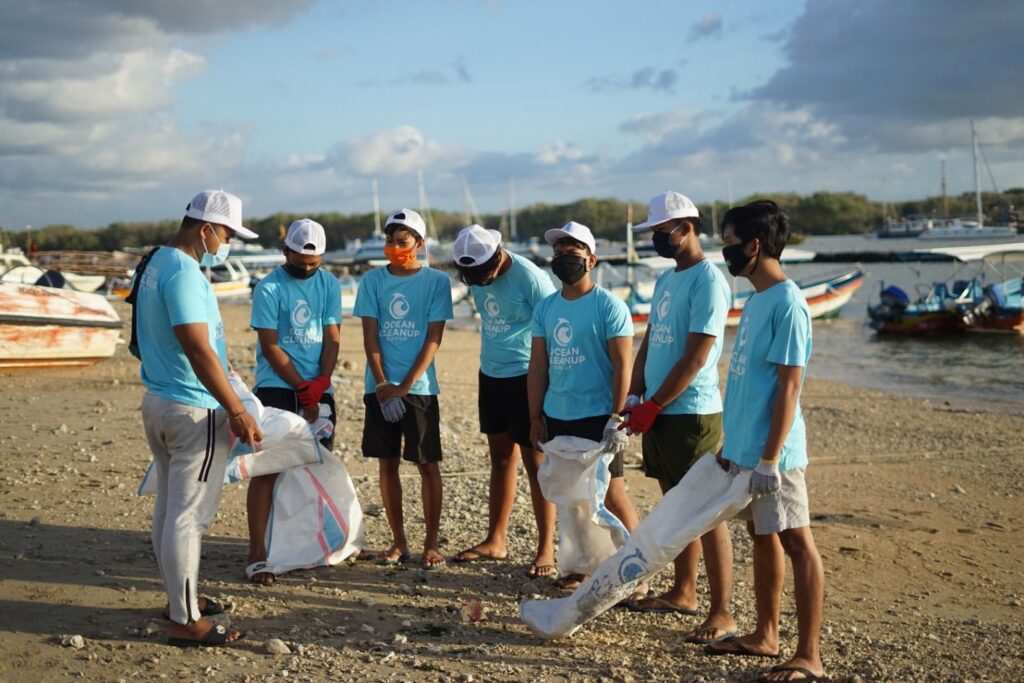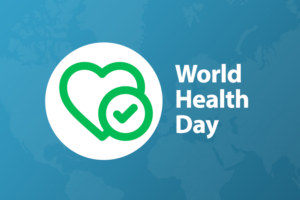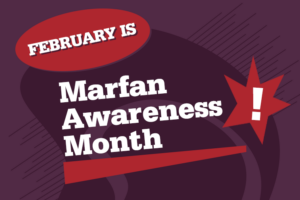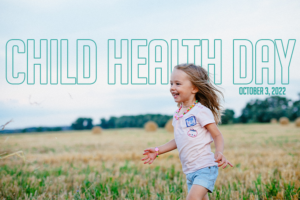
Our Cause
The Marfan Foundation is a nonprofit organization that saves lives and improves the quality of life of individuals with genetic aortic and vascular conditions including Marfan, Loeys-Dietz, and Vascular Ehlers-Danlos syndromes.

Our Impact
As a result of our long-time commitment, we have turned the tide for Marfan research. We work with world-class scientists who are equally dedicated to our goal of creating a brighter future for people living with Marfan syndrome and related conditions. And, through our research grant program, we have grown the number of researchers studying Marfan syndrome and advancing research that improves diagnosis and treatment for the various body systems affected by Marfan syndrome.
In addition, the research we’ve championed has identified new conditions related to Marfan syndrome, which not only allows for better, more specific diagnoses, but also helps to pinpoint more effective treatments for Marfan syndrome and the related conditions.
Each year, The Marfan Foundation pursues the most innovative research by providing support through our research grant program. Through our grant program and other commitments, we funded $1.3 million in research in the past year.
*Ranges calculated below based on payroll deductions from 24-26 total paychecks in a year.
How Your Workplace Donations & Matching Gifts Make a Difference:
$100 - $250
Total Annual Pledge
($5 - $10 per pay period)
$250 - $650
Total Annual Pledge
($15 - $25 per pay period)
$780 - $1300
Total Annual Pledge
($30 - $50 per pay period)
Our Stories
Boost This Organization's Impact Through Cause Funds
Designed to empower donors and employers to support America's Charities nonprofit members through workplace giving or as a stand-alone donation option, each fund focuses on a specific cause and features a selection of vetted America's Charities members working directly to address that cause.
Each donation to a fund is distributed equally between the America’s Charities nonprofit members featured in the fund. By supporting one or more of these funds, individuals and corporations alike can make a direct, meaningful difference.
You can help support this member charity through the following cause funds:



